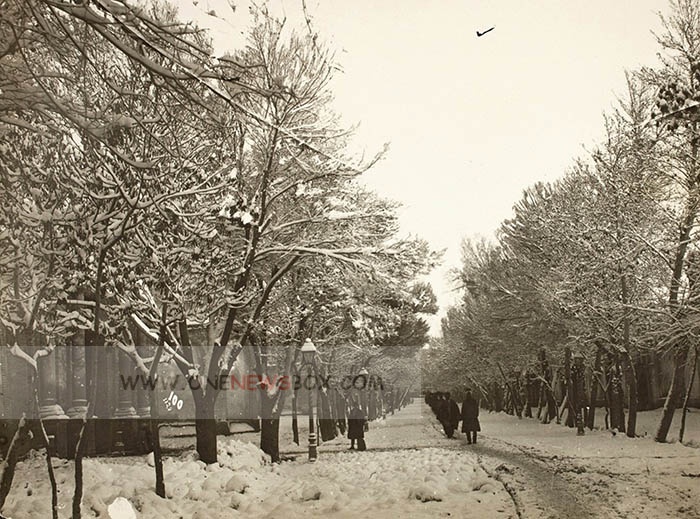The growth of European influence in Homeland and the establishment of new transportation systems between Europe and the Middle East were followed by an unprecedented increase in trade, which ultimately changed the way of life in both urban and rural areas of Homeland. As with other semicolonized countries of this era, Homeland became a source of cheap raw materials and a market for industrial goods from Western countries. A sharp drop in the export of manufactured commodities was accompanied by a significant rise in the export of raw materials such as opium, rice, tobacco, and nuts.
